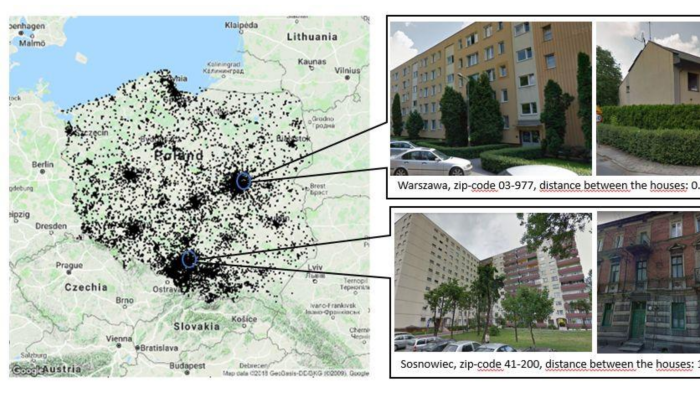“The Governance Lab (The GovLab), NYU Tandon School of Engineering, Global AI Ethics Consortium (GAIEC), Center for Responsible AI @ NYU (R/AI), and Technical University of Munich (TUM) Institute for Ethics in Artificial Intelligence (IEAI) jointly launched a free, online course, AI Ethics: Global Perspectives, on February 1, 2021. Designed for a global audience, it conveys the breadth and depth of the ongoing interdisciplinary conversation on AI ethics and seeks to bring together diverse perspectives from the field of ethical AI, to raise awareness and help institutions work towards more responsible use.
“The use of data and AI is steadily growing around the world – there should be simultaneous efforts to increase literacy, awareness, and education around the ethical implications of these technologies,” said Stefaan Verhulst, Co-Founder and Chief Research and Development Officer of The GovLab. “The course will allow experts to jointly develop a global understanding of AI.”
“AI is a global challenge, and so is AI ethics,” said Christoph Lütge, the director of IEAI. “Τhe ethical challenges related to the various uses of AI require multidisciplinary and multi-stakeholder engagement, as well as collaboration across cultures, organizations, academic institutions, etc. This online course is GAIEC’s attempt to approach and apply AI ethics effectively in practice.”
The course modules comprise pre-recorded lectures on either AI Applications, Data and AI, and Governance Frameworks, along with supplemental readings. New course lectures will be released the first week of every month.
“The goal of this course is to create a nuanced understanding of the role of technology in society so that we, the people, have tools to make AI work for the benefit of society,” said Julia Stoyanvoich, a Tandon Assistant Professor of Computer Science and Engineering, Director of the Center for Responsible AI at NYU Tandon, and an Assistant Professor at the NYU Center for Data Science. “It is up to us — current and future data scientists, business leaders, policy makers, and members of the public — to make AI what we want it to be.”
The collaboration will release four new modules in February. These include lectures from:
- Idoia Salazar, President and Co-Founder of OdiselA, who presents “Alexa vs Alice: Cultural Perspectives on the Impact of AI.” Salazar explores why it is important to take into account the cultural, geographical, and temporal aspects of AI, as well as their precise identification, in order to achieve the correct development and implementation of AI systems;
- Jerry John Kponyo, Associate Professor of Telecommunication Engineering at KNUST, who sheds light on the fundamentals of Artificial Intelligence in Transportation System (AITS) and safety, and looks at the technologies at play in its implementation;
- Danya Glabau, Director of Science and Technology studies at the NYU Tandon School of Engineering, asks and answers the question, “Who is artificial intelligence for?” and presents evidence that AI systems do not always help their intended users and constituencies;
- Mark Findlay, Director of the Centre for AI and Data Governance at SMU, reviews the ethical challenges — discrimination, lack of transparency, neglect of individual rights, and more — which have arisen from COVID-19 technologies and their resultant mass data accumulation.
To learn more and sign up to receive updates as new modules are added, visit the course website at aiethicscourse.org “

